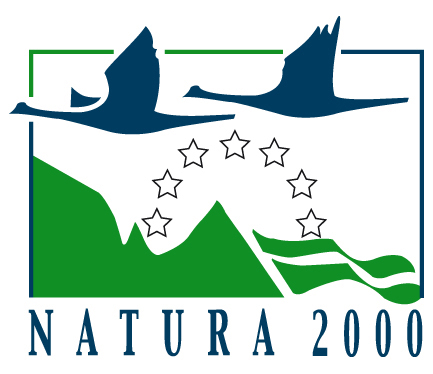Natura 2000 is the main instrument of the European Union policy for the conservation of biodiversity. It is an ecological network spread throughout the Union, established pursuant to Directive 92/43/CEE “Habitat” to ensure the long-term maintenance of natural habitats and species of flora and fauna that are threatened or rare at community.
The Natura 2000 network is made up of the Sites of Community Interest (SCI), identified by the Member States in accordance with the Habitats Directive, which are subsequently designated as Special Conservation Areas (SACs), and also includes Special Protection Areas (SPAs) established pursuant to Directive 2009/147/CE “Birds” concerning the conservation of wild birds.
The areas that make up the Natura 2000 network are not strictly protected reserves where human activities are excluded; the Habitat Directive intends to guarantee the protection of nature also taking into account “economic, social and cultural needs, as well as regional and local particularities” (Art. 2). Private entities can own Natura 2000 sites, ensuring their sustainable management from both an ecological and an economic point of view.
The Directive recognizes the value of all those areas in which the centuries-old presence of man and his traditional activities has allowed the maintenance of a balance between human activities and nature. Agricultural areas, for example, are linked to numerous animal and plant species that are now rare and threatened for whose survival it is necessary to continue and enhance traditional activities, such as grazing or non-intensive agriculture. The same title of the Directive specifies the objective of conserving not only natural habitats but also semi-natural ones (such as traditional agriculture areas, woods used, pastures, etc.).
Another innovative element is the recognition of the importance of some landscape elements that play a connecting role for wild flora and fauna (art. 10). Member States are invited to maintain or if necessary develop these elements to improve the ecological coherence of the Natura 2000 network.
In Italy, SIC, le ZSC e le ZPS cover a total of about 19% of the national terrestrial territory and more than 13% of the marine one.

